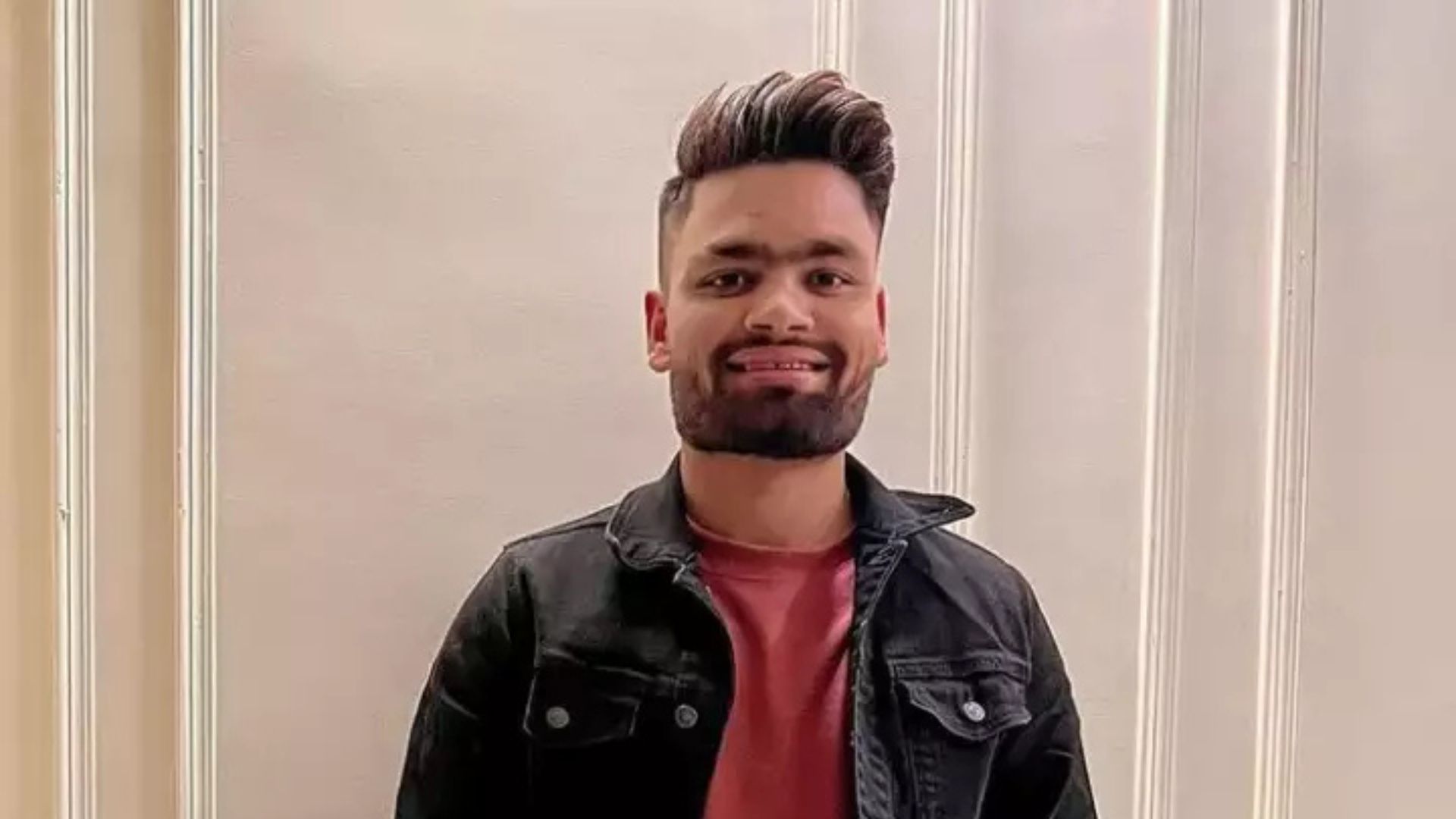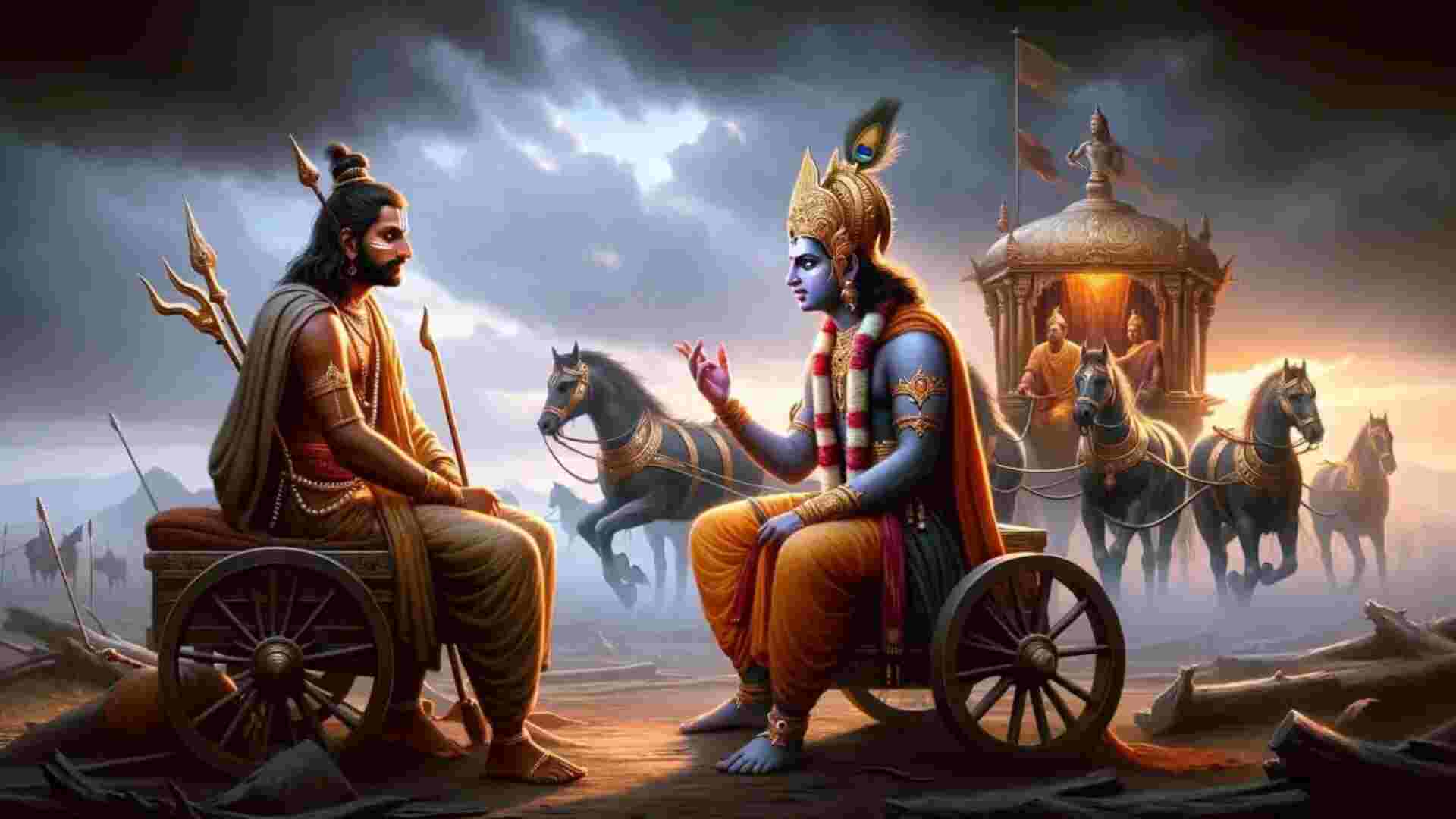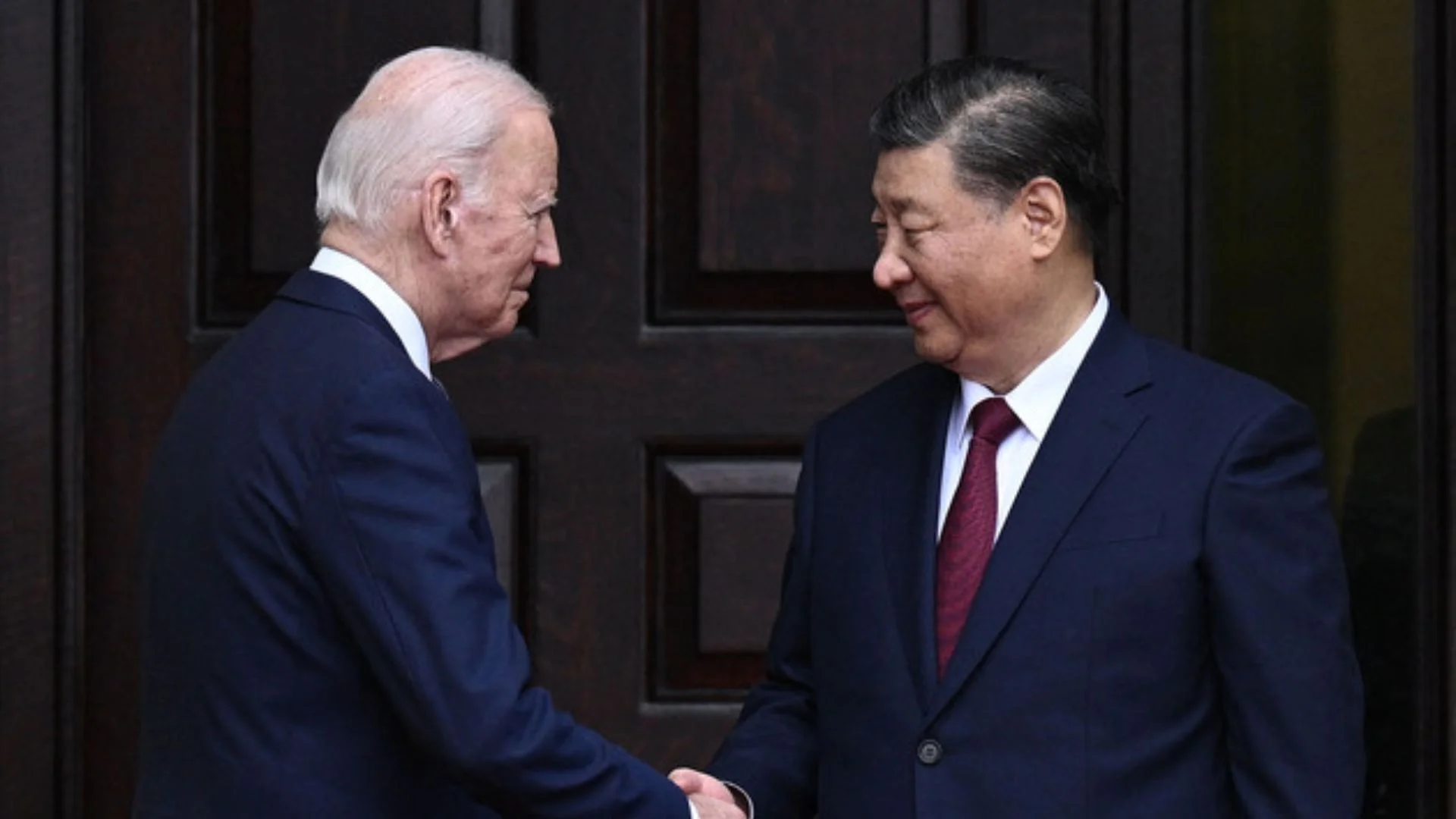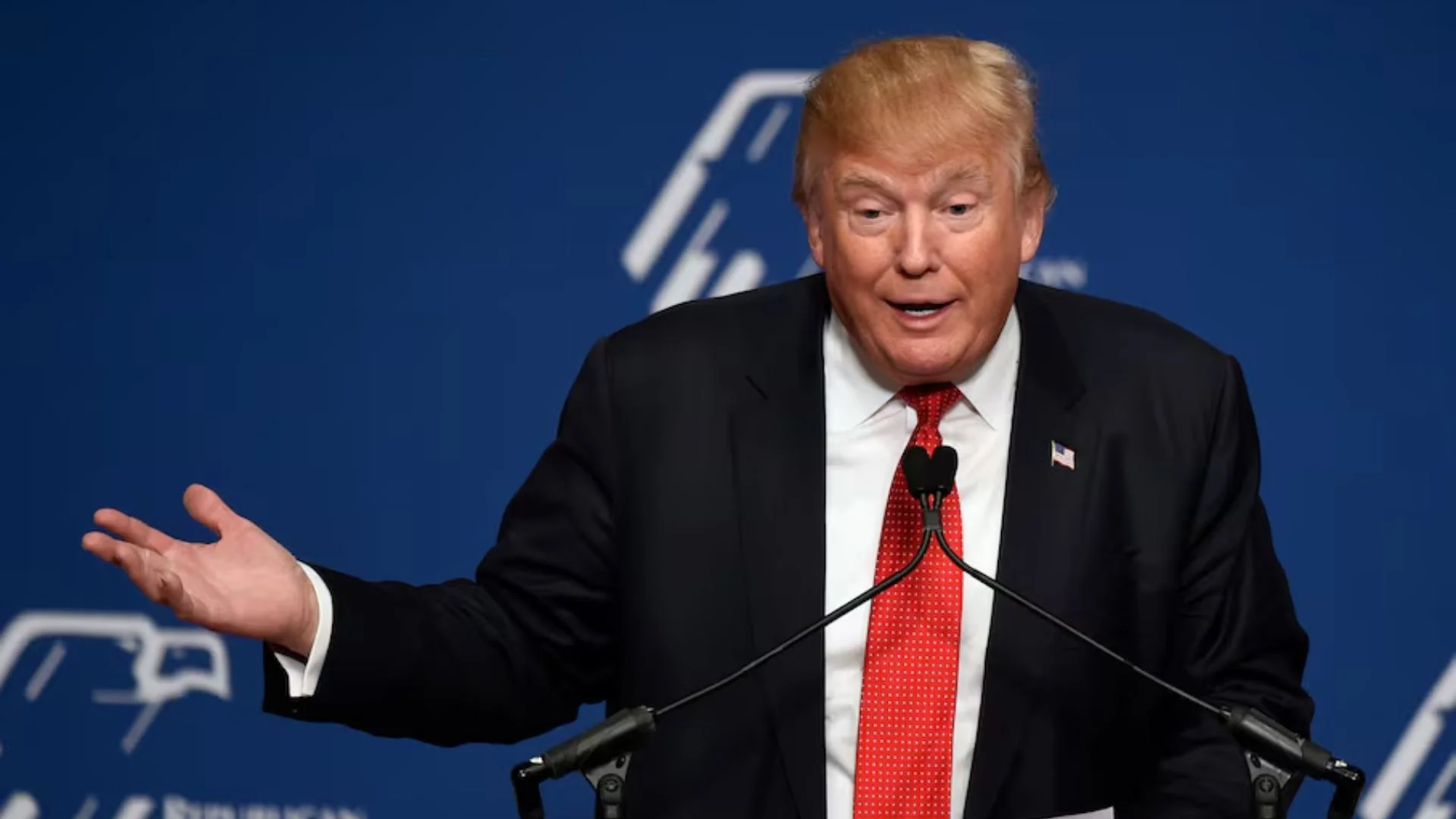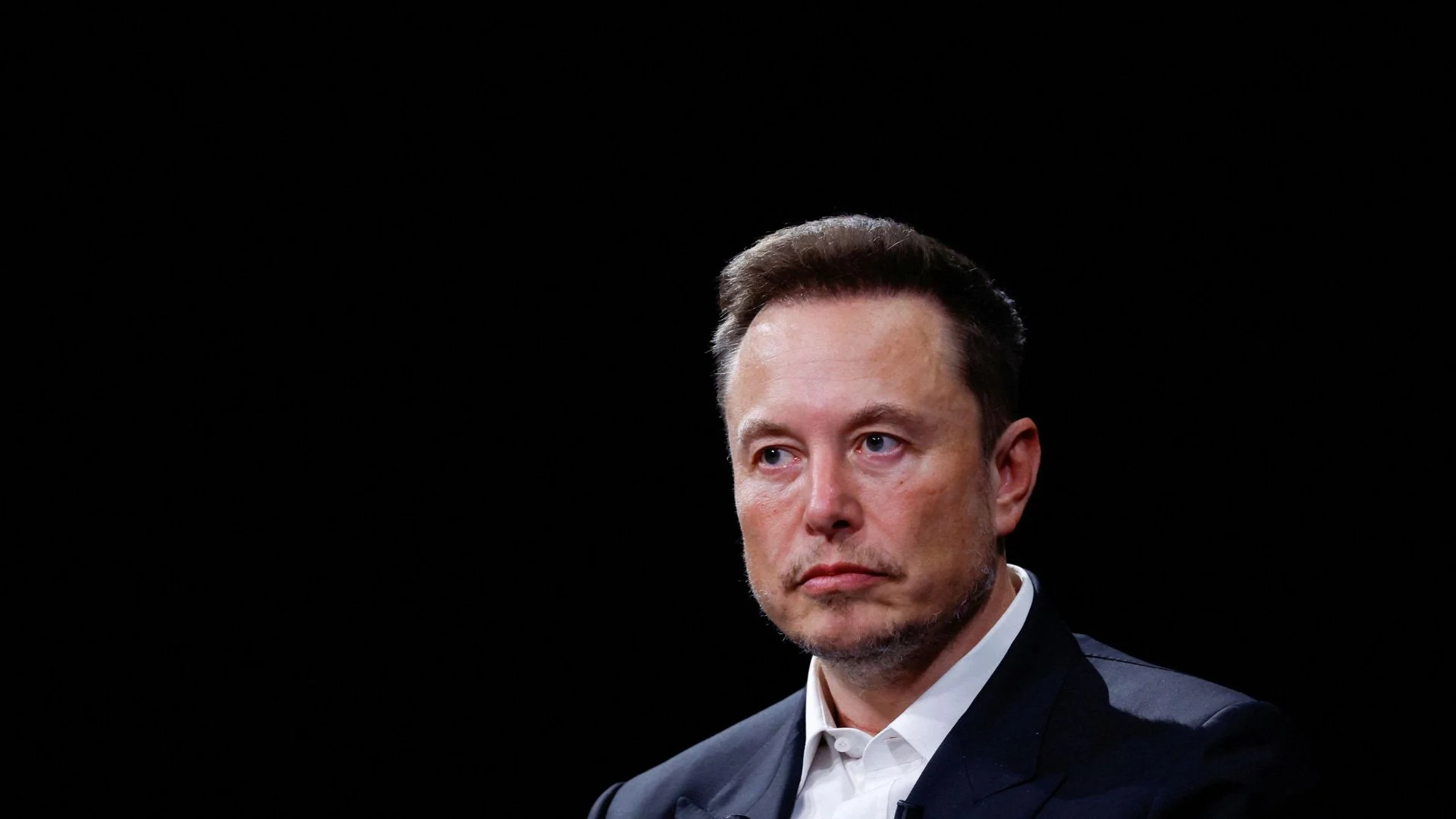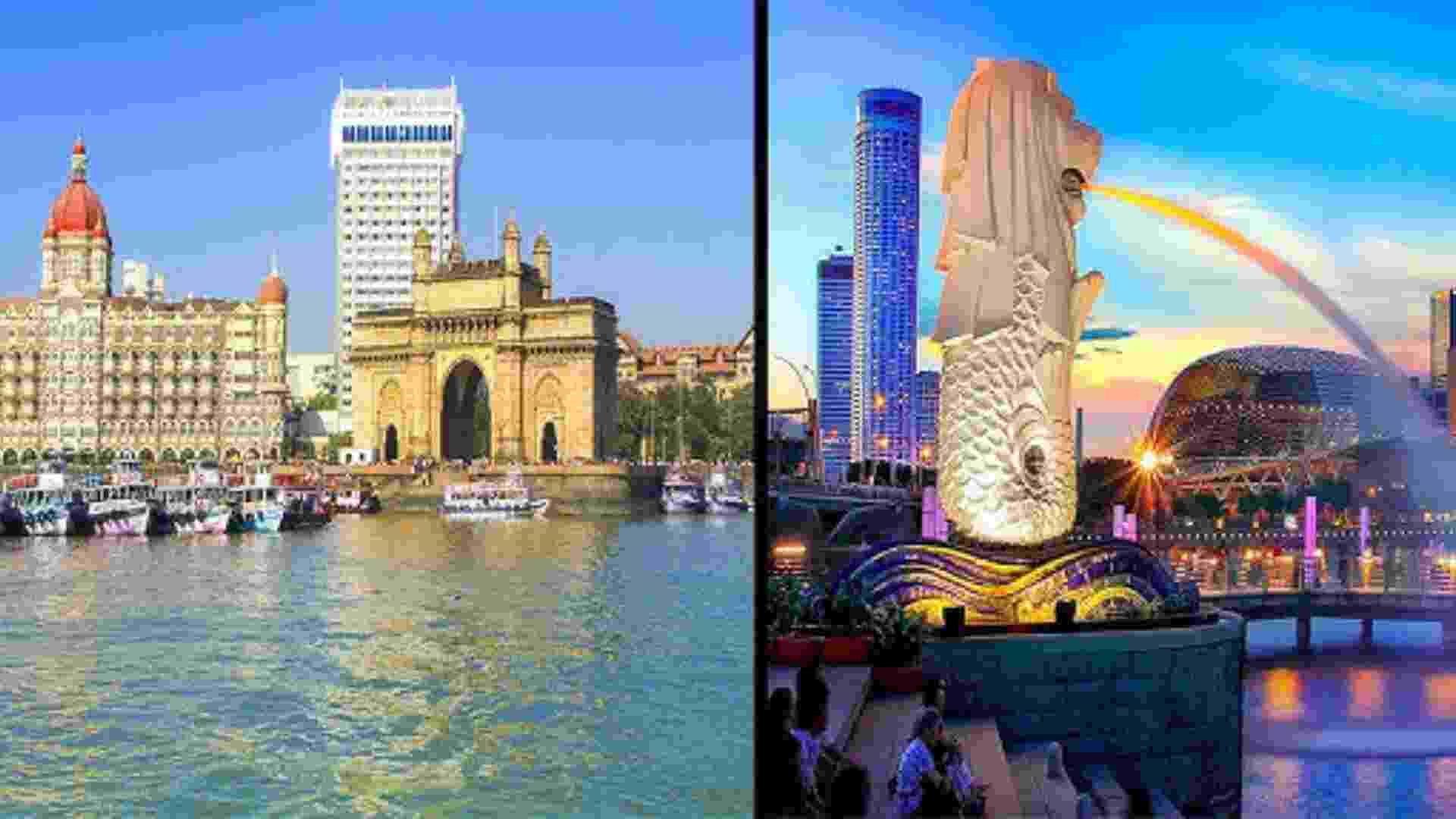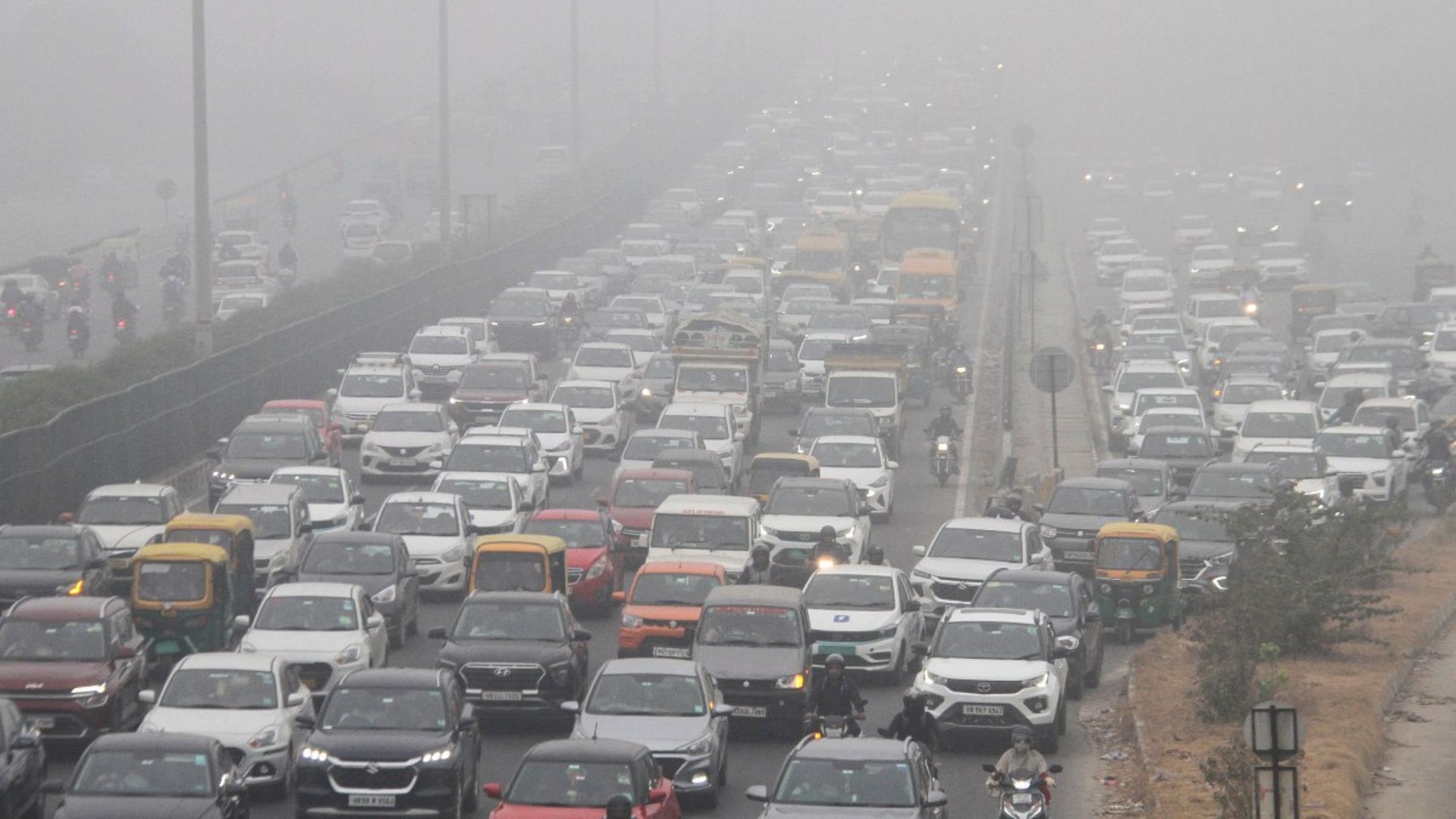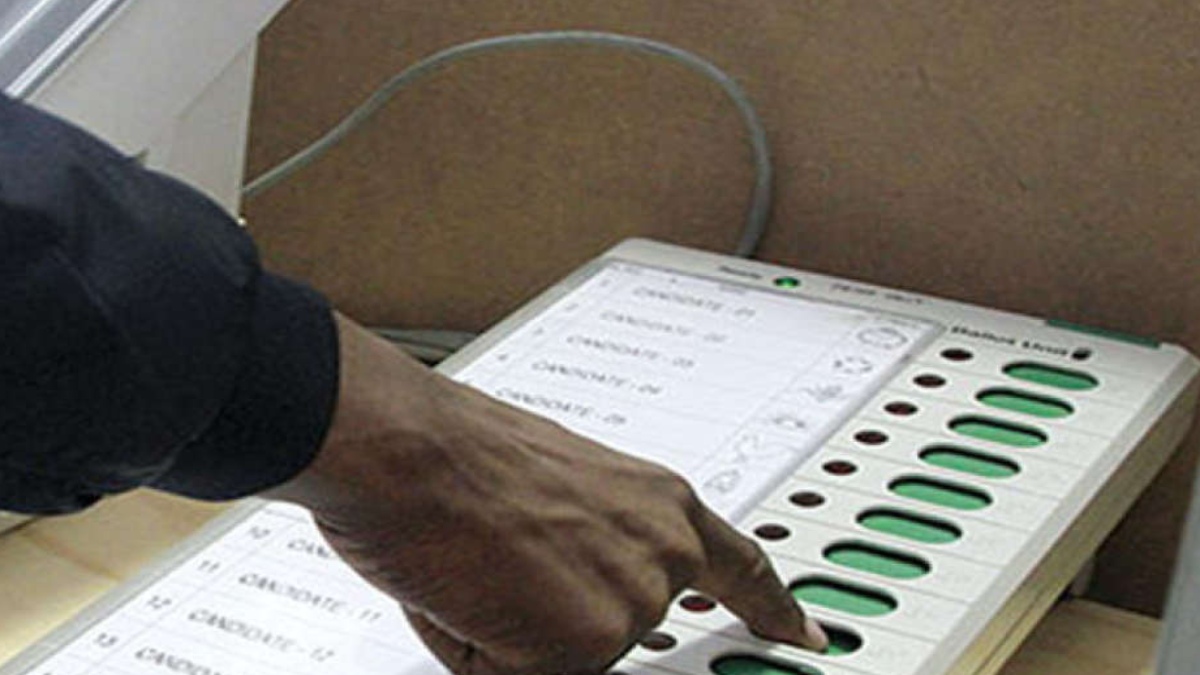
It is election season yet again, with Uttar Pradesh, Uttarakhand, Punjab, Goa, and Manipur, going to the polls in the next few days. The entire polling process will be phased out over the next few weeks, with results slated for March 10, 2022. India’s Leftist media and some self-styled academicians raised a hue and cry about how it is not advisable to hold polls, given the rising Omicron cases. Well, public health should always be accorded top priority and that is precisely what the Modi government has always done, with PM Modi himself reiterating about how “Jaan Bhi Jahaan Bhi”, is the best way to move forward. The Election Commission (EC) has prohibited mass rallies for the upcoming assembly polls and has laid down COVID protocol related strictures, that need to be adhered to. So far, so good. But amidst all this, the key question that merits a response is this–Is it time to now seriously think about and implement, the “one nation, one election”, dictum? Prime Minister Narendra Modi has advocated and spoken about this on umpteen occasions and for good reason.
The idea of “one nation ,one election” made its debut in the first annual report of the Election Commission in 1983. It had supported holding simultaneous elections to reduce expenditure, for effective use of manpower and human resource, and also because frequent elections affected the day-to-day functioning of the government, both at the state level and the Centre, creating hardship for common people.
The topic was revived by the 170th Report of the Law Commission, submitted in 1999. The Report underlined the desirability of holding elections to the Lok Sabha and state assemblies once in five years but admitted that it could not be achieved overnight in the prevailing circumstances. The proposal however, gained momentum with the manifesto of the BJP for the 2014 Lok Sabha election, which stated that the party would seek to evolve a method of holding elections to assemblies and the Lok Sabha simultaneously. In 2020, an array of webinars were organised by the National Spokespersons of the BJP, to discuss, dissect and debate this issue,with one such webinar organised on December 27, 2020, by the author of this piece herself, which received an excellent response and was widely attended.
There was a flurry of activities, post-1999, post a long hiatus. The 79th Report of the Department Related Parliamentary Standing Committee on Personnel, Public Grievances, Law and Justice, submitted in 2015, was devoted to studying the feasibility of holding these simultaneous elections. It recommended an alternative and practicable method of holding simultaneous elections, which involved holding them in two phases twice in every five-year cycle. NITI Aayog issued a Working Paper on the subject in 2017 titled, “Analysis of Simultaneous Elections: The What, Why and How”. It broadly recommended a gradual move to synchronisation of elections between Parliament and state legislative assemblies between 2019 and 2024.
This was followed by a Draft Report of the Law Commission in 2018, which also recommended holding of simultaneous elections, with some exceptions. The Commission noted that for holding simultaneous elections, amendments to the Constitution, the Representation of the People Act, 1951 and the Rules of Procedure of Lok Sabha and state assemblies would be required. Such an exercise would save public money, reduce the burden on the administrative set-up and security forces and lead to concentration on developmental activities rather than election duties, the Commission said.
Prime Minister Narendra Modi, addressing the All India Presiding Officers Conference via video conference, on November 26, 2020, raised the pitch for “One Nation, One Election” and a single voter list for all polls, to prevent the impact of the model code of conduct on development works every few months due to frequent spread-out polls.
‘One Nation, One Election’ isn’t just an issue of deliberation but also a need of the country. Elections are held at different places every few months and it hampers the developmental work and all of you know about it. Therefore, it’s a must to have a deep study and deliberation on one nation, one election, said Modi. On one voter list, the PM observed, “Only one voter list should be used for Lok Sabha, Vidhan Sabha, and other elections. Why are we wasting time and money?” Emphasising the need for coordination between all three wings of the state — Legislature, Executive, and Judiciary, PM Modi stated that everything, from their role to their decorum, was described in the Constitution itself.
“In the 1970s, we saw how there was an attempt to breach the dignity of separation of power, but the country got the answer only from the Constitution. After that period of Emergency, the system of checks and balances became stronger and stronger.The legislature, the executive and the judiciary, all three, learned a lot from that period and moved forward,” said Prime Minister Modi at the conference.
While “one nation, one poll” will result in huge savings in expenditure, it cannot be achieved without dramatic changes to our Constitution. India has adopted a quasi-federal set-up and is neither unitary like Britain nor fully federal like the US. Members are elected for the Lok Sabha and the Legislative Assembly. Impartiality of the election process requires strict vigil on the part of the Election Commission (EC). Modi has repeatedly asked the presiding officers of elected bodies to ponder over the idea of having one election and one voters’ list, to do away with the “Aaya Ram” and “Gaya Ram” style of politics.
The anti-defection law is special to India. It has, however, not been foolproof. Splits and mergers in political parties over the years gave room for conflict between the Speaker’s jurisdiction and the Court’s role. The prime cause for the instability of elected governments in India in the last few decades must be traced to the decision of the Congress party which misused power that it enjoyed at the Centre, to dismiss State governments run by opposition parties and declare the President’s rule on flimsy grounds.
At one stage, nine State governments were dissolved at one stroke under Article 356 of the Constitution,by the erstwhile Congress regime. The practice would have continued unabated but for the Supreme Court ruling in the S R. Bommai case. Destabilisation of elected State governments and ‘resort’ politics deployed by the Congress in the last few years,be it Karnataka,Gujarat or Rajasthan, are a nasty reminder of how frequent elections can be harmful. Ours is a quasi-federal structure. In England, the king reigns but does not govern. In the US, the President, both reigns and governs. The Indian President neither governs nor reigns, though he is constitutionally a very important figure and not a mere figurehead, as most would like to believe.
In the US, the State Governor, like the President, is elected directly. We chose to emulate the British cabinet system, restrained by the spirit of collective responsibility. Morality is sacrificed at the altar of expediency, due to frequent elections. The Charan Singh government, decades back, was overthrown within just four months. Russian President Vladimir Putin altered the law to enable himself to be the President of Russia till 2036. China went through the one candidate election in an election that had no candidate other than Xi Jinping, making a mockery out of what was anyways a farce, to start with. Xi won the elections with 99.86 per cent of the votes. India in sharp contrast, stands out as a country with full allegiance to democratic conventions and “one nation,one election” will further strengthen democratic institutions and our socio-economic fabric. This theme has been an abiding one for Prime Minister, Narendra Modi. While critics say it is against the principle of cooperative federalism, such criticism is unfounded. An option often suggested by some constitutional experts is that, if it is not possible to conduct simultaneous elections, then at least all elections falling in one calendar year should be conducted together.
Historically, elections during the first two decades after Independence for the House of the People and state legislative assemblies were held simultaneously, i.e., during 1951-52, 1957, 1962, and 1967. Dissolution of certain assemblies in 1968 and 1969, followed by the dissolution of the House of the People in 1970 and subsequent general elections in 1971, disturbed the cycle of simultaneous elections. Indiscriminate use of Article 356 (President’s Rule) of the Constitution, by the Nehru-Gandhi establishment, also disrupted the schedule of simultaneous elections.
Various studies of the international scenario found that a system to ensure simultaneous election does exist in certain countries. In Germany, Bundestag (i.e. the Lower House) cannot simply remove the Chancellor with a vote of no-confidence, as the opponents must not only disagree with the governance but also agree on a replacement, by way of a “constructive vote of no-confidence”.In some countries including India, in the event of a hung House/ assembly, it is mandated that all efforts must be made by the president /governor, as the case may be, to install a government that will enjoy the support of the House/assembly. This would give an opportunity to the largest party, along with its pre-poll or post-poll alliance(s). If, however, mid-term poll becomes inevitable, the duration of the House/assembly so constituted should be only for the remainder of the term.
In the UK, the Parliament of Westminster introduced a fixed term by enacting the Fixed-term Parliaments Act, 2011, which provides a term of five years for general elections. The Act of 2011 specifies that early elections can be held only if a motion for it is agreed either by at least two-thirds of the whole House or without division, or if a motion of no-confidence is passed and no alternative government is confirmed by the Commons, within 14 days thereof.
The biggest argument in favour of holding simultaneous elections is therefore the fact that governments do not have to be in election mode all the time, thereby making governance and policy-making, more seamless. The Model Code of Conduct (MCC) prevents governments from announcing new schemes and making appointments. Deputing government employees frequently on election duty hinders public services, including school education, as well as maintenance of law and order and national security. Simultaneous elections will, therefore, reduce the time and cost involved in the conduct of elections and will curb corruption and illicit financing of elections. Those who allege that “one nation,one election” will be the harbinger of a unitary State, are clearly, misguided. Again, there are concerns that simultaneous elections will impact the behaviour of voters, as national and local issues may get mixed up and distort priorities, giving an unfair advantage to national parties, at the expense of regional parties. Such concerns are, however, overdone, with no logical basis. Voters today, are very aware of both local and national issues and to assume that they will get confused if elections are held simultaneously, is an insult to the intelligence of the electorate. True, it may be a tad difficult to find a suitable time slot, given the geographical and administrative diversity relating to weather, agricultural cycle, exam schedule, religious festivals and public holidays, in a country as vast as India. However, the positives of simultaneous elections far outweigh any perceived negatives. The sheer logistics involved in holding simultaneous elections, in terms of requisitioning and movement of men, women and material, may make the exercise a mammoth one, but it is manageable.
Also, accusations that simultaneous elections may result in misuse of Article 356 or early dissolution of the Lok Sabha or any of the State assemblies, are simply a figment of imagination of those who do not want “One Nation, One Election”.True,a large number of amendments to laws, rules and regulations would need to be carried out, making the task very arduous, but it is certainly worth the trouble. Amendments to the Constitution would encompass Articles 83 (Duration of Houses), 85 (Dissolution of the Lok Sabha), 172 (Duration of state legislatures), 174 (Dissolution of state legislatures), 356 (Failure of constitutional machinery) and the Tenth Schedule (to ensure that all disqualification issues arising from defection are decided by the presiding officer within six months). Ratification of the amendments by not less than one-half of the State legislatures may also be required to be taken as a matter of abundant precaution.
Amendments to laws would inter alia require changes in the Representation of the People Act, 1951, such as Section 2 (adding a definition of “simultaneous elections”), and Sections 14 and 15 (Notification of general and assembly elections). The Rules of Procedure and Conduct of Business of the Lok Sabha and assemblies would need to be amended to replace “Motion of No-Confidence” with “Motion of Constructive Vote of No-Confidence”.
In the final analysis, meeting of minds may be a good beginning in the pursuit of the goal of “One Nation, One Election”. But to take the idea to fruition, will require not only the meeting of minds and a political consensus, but also a resolute determination to act, in the larger national interest. And certainly, courage of conviction, the ability to visualise and the will to execute and successfully implement, even the most seemingly difficult initiatives, is something that Prime Minister Narendra Modi, has in abundance. Be it ‘one nation, one tax’, ‘one nation, one mobility card’, or for that matter, ‘one nation, one ombudsman’ or even ‘one nation, one ration card’, the Modi government has repeatedly showcased its ability to think big and ensure that those big ideas are effectively implemented on the ground. Larry J. Sabato famously said– “An election is always determined by the people who show up”. Clearly, for the democratic process to retain its sanctity and not suffer from any fatigue, it is important to see those eligible for voting, participate in large numbers.That in turn makes it essential to make elections into an exercise, that is not too frequent. ‘one nation, one election’, is clearly, therefore, an idea whose time has come.
The writer is an Economist, National Spokesperson of the BJP, and Bestselling Author of ‘The Modi Gambit’. Views expressed are the writer’s personal.
